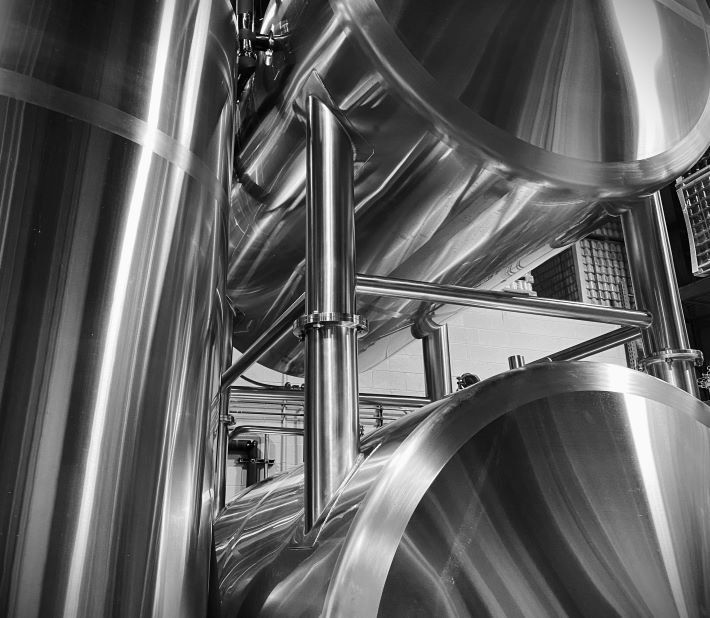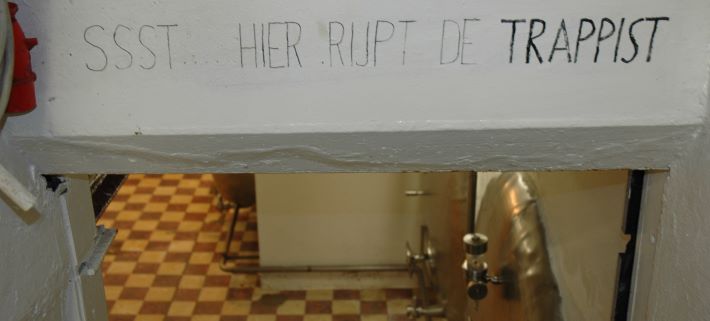


Yes, there is a lot of IPA out there, but as the photo at the top illustrates there were beers of many colors on the best of show table last week at Copa Baja in Mexicali, Mexico. And 17 of the 24 beers on tap at El Sume (where the bottle list is also pretty dang impressive) were not IPAs. The third photo? Well, welcome to the MLX Beerfest that followed two days of competition in Mexicali, Mexico.
Another busy week, so another quick list of reading suggestions:
What is beer? No seriously. Pete Brown wrapped up is keynote at Ales Through the Ages by quoting Hilary Mantel: “History is not the past – it is the method we have evolved of organizing our ignorance of the past. It’s the record of what’s left on the record.” This post is more fodder for that conversation.
Strictly speaking. During the final session of Ales Through the Ages, in which some presenters took questions from attendees, the topic of beer styles came up. And how we should view them at a time when, as Brown wrote on Instagram, “The very definition of beer is highly debatable.” Pretty good timing that Em Sauter posed a similar question – “Do Strictly Defined Beer Styles Still Have Value in the Modern Craft Landscape?” – one day later.

Liquid assets. Speaking of beers made with alternative water sources, I am reminded of “single tree beers” from Scratch Brewing in southern Illinois. The photo above was taken in the woods outside Ava, Illinois. Those are birch trees and the sap in the buckets ended up in a beer Scratch made in 2015. That’s the first year the brewery took all tree beers to the Great American Beer Festival.
In a place. I write often about “from a place,” but that is only part of the place story. As always, I wonder how what Jeff Alworth writes about might change the beer in our glasses and the places we might choose to gather to socialize over beer.
The Costco indicator. “This time around the Costco gurus looked hard at their customer base … and blinked. They decided to pass on a fee increase, which could mean a lot of things but might mean that they believe even their affluent member base is feeling the economic heat. And that’s not good news for wine, since these are the customers driving the U.S. market these days.” What might this mean for beer?
Corn in Chocolate City. “As the city has changed [in recent years] then the beer culture [has come to] reflect the newcomers.”
And from Twitter:
Buffalo is getting some weather. 9 cans high and counting. pic.twitter.com/HqJciVPvhb
— Genesee Brewery (@GeneseeBrewery) November 18, 2022



